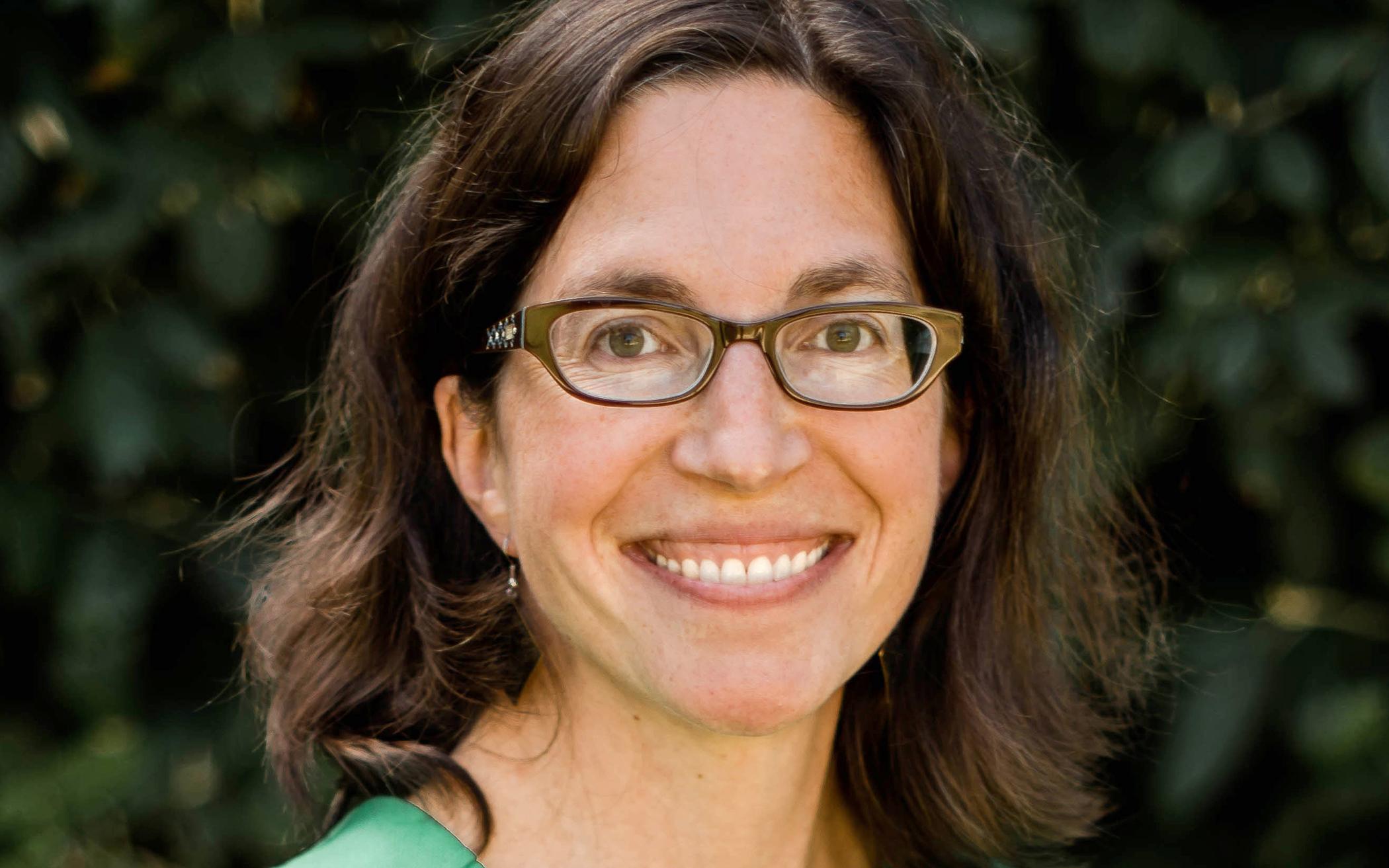Mothers, Sisters, Empresses, and Queens
Historian and author Anneke Stasson grew up in the Christian Reformed Church in Olympia, Wash. For Women’s History Month, we talked to her about her new book, Women in the Mission of the Church (co-authored by Leanne M. Dzubinski). The book is a historian’s portrait of how women have participated in the church’s mission from the first century through the 20th.
Who were some of the women in the Bible who set a precedent for women serving in the mission of the church?
In the Old Testament, you have Deborah, Miriam, and Esther. In the New Testament, you have Mary. Mary was Christ’s first teacher and his first follower; she urged him to do his first miracle. Women were the first witnesses of the resurrection. Lydia started a church in Philippi. Priscilla and her husband, Aquila, started three churches.
Who inspired you most among the mothers, sisters, empresses, and queens dating back to the 300s?
When I became a mom I searched in vain for mom saints. When my Eastern Orthodox friends pointed me to the Three Holy Mothers of the Three Hierarchs—Nonna (305?-374), the mother of Gregory of Nazianzus, Emmelia (d. 375), the mother of Basil, and Anthusa (324/334-?), the mother of John Chrysostom—I was really excited. These were women of prayer. They raised their children in the faith, and their children all gave them credit for teaching them to come to know and love God. Emmelia had 10 kids, five of whom became saints.
You say in your book that Hildegard of Bingen (1098-1179) is “one of the most gifted humans to ever live.” What should we know about her?
She was incredibly smart. Hildegard wrote medical textbooks and a play, she composed music, and she was a theologian. An abbess of a convent, she was a mystic. She got these visions from God and shared them with people through images and text. She was made a doctor of the church, an authoritative teacher of church doctrine alongside Augustine and Aquinas. I love that she went out on horseback in her 60s to preach because priests were not giving their congregations sermons with strong enough doctrine.
There is a clear pattern in your book of women in the church rising in leadership but being limited because of their gender. How did women deal with pushback?
Catherine of Siena (1347-80) is a fascinating example, she was such an ascetic and only lived to age 33. She had such a deep relationship with Jesus. Living during the time of the Black Death, she was taking care of people who were ill, both male and female. She was criticized for mingling with men. Catherine prayed about it and heard from God, who told her “With me, there is no male or female.” She realized she just needed to please God and no one else.
Was there a shift in gender roles with the Protestant Reformation (1517-1648) and especially with Luther’s influence in the church?
The big shift is that the church went from affirming celibacy as the highest Christian calling to affirming marriage as the highest Christian calling. Luther highly valued marriage and parenthood, which was good because wives and mothers could see their own lives as honoring God. But Luther took this to the point where he actually said that celibacy was “a papal innovation contrary to God’s word.” Celibacy became so denigrated, and that was devastating for women who were single. Nuns were physically attacked. Single protestant women had no place in the church until the women’s missionary movement of the 19th century.
Who stood out to you as an early 20th-century woman who led the way in establishing social justice ministries?
Women have always been involved in healing work and caring for people on the margins of society. Women who felt this call to go out into society and address its problems led the way. Ida B. Wells was the foremost anti-lynching activist. We don’t hear about her in the church, but it was her faith in God that led her to do this work and gave her comfort when all seemed for naught.
Bio: Anneke Stasson has fond memories of attending Olympia CRC in Olympia, Wash., with her parents and brothers. She is a graduate of Calvin College (now University) and Regent College in Vancouver, B.C., and has a doctorate from Boston University. Women in the Mission of the Church is her first book. Stasson lives with her husband, Steve, and their four children on a small farm in Marion, Ind. She is an associate professor of humanities and history in the John Wesley Honors College at Indiana Wesleyan University. Email her at anneke.stasson@indwes.edu.
Let Me Fix You a Plate: A Tale of Two Kitchens
By Elizabeth Lilly
Reviewed by Sonya VanderVeen Feddema
Once a year, a young girl’s family travels a long distance from their home in a city to a mountain in West Virginia where Mamaw and Papaw, the young girl’s paternal grandparents, live. Mamaw greets them at the door and says, “Let me fix you a plate.” Then they travel to Florida to visit Abuela and Abuelo, the girl’s maternal grandparents. When they arrive, Abuela says, “There’s food inside. Come and eat.”
As the girl and her family return to the city, she reflects on all the things she will miss: “Salsa / sausage / toast / tostones / ants / aunts / arepas / Abuela / naranjas / bananas / mountains / Mamaw / cats / and fog / and / scratchy grass.” She envisions Mamaw and Abuela shaking hands, a bridge of love across cultures. (Neal Porter Books)
Encanto
Reviewed by Lorilee Craker
Encanto is inspired by the classic book One Hundred Years of Solitude with its story of a family enchanted with magical abilities living in a magical house.
Mirabel (Stephanie Beatriz) is the anti-Disney princess, an ordinary girl with glasses who doesn’t need a prince to wake her up to her shifting surroundings. The magic in her family is cracking, somehow, and it seems to be connected to her exiled Uncle Bruno.
Mirabel and Uncle Bruno are relatable to anyone who feels as if they can’t measure up to their family’s expectations. It’s gratifying to watch this family come to terms with who they really are as love and grace win the day. With catchy tunes by Lin-Manuel Miranda, this brightly colored gem shines. (PG, Disney+)
When Grey Came to Stay
By Amber Kuipers, illustrated by Linda Yolanda Kloosterhof
Reviewed by Mary Ma
Julie and her parents loved each other, but then an accident changed her life forever: “Julie’s dad never came home. But Grey did.” This uninvited new friend, “Grey,” appeared in Julie’s world like a hovering dark cloud. “Grey was big, dark, and overwhelming. He took up a lot of room at Julie’s house. He seemed to fill up every corner.”
With empathy and sensitivity, this story depicts the complicated emotions a child goes through after bereavement and offers good coping strategies. It also helps parents and family members understand what grief feels like to children. Both the author and the illustrator describe personal encounters with loss in their words of dedication at the front of the book. (Alanna Rusnak Publishing)
About the Author
Lorilee Craker, a native of Winnipeg, Man., lives in Grand Rapids, Mich. The author of 16 books, she is the Mixed Media editor of The Banner. Her latest book is called Eat Like a Heroine: Nourish and Flourish With Bookish Stars From Anne of Green Gables to Zora Neale Hurston.









